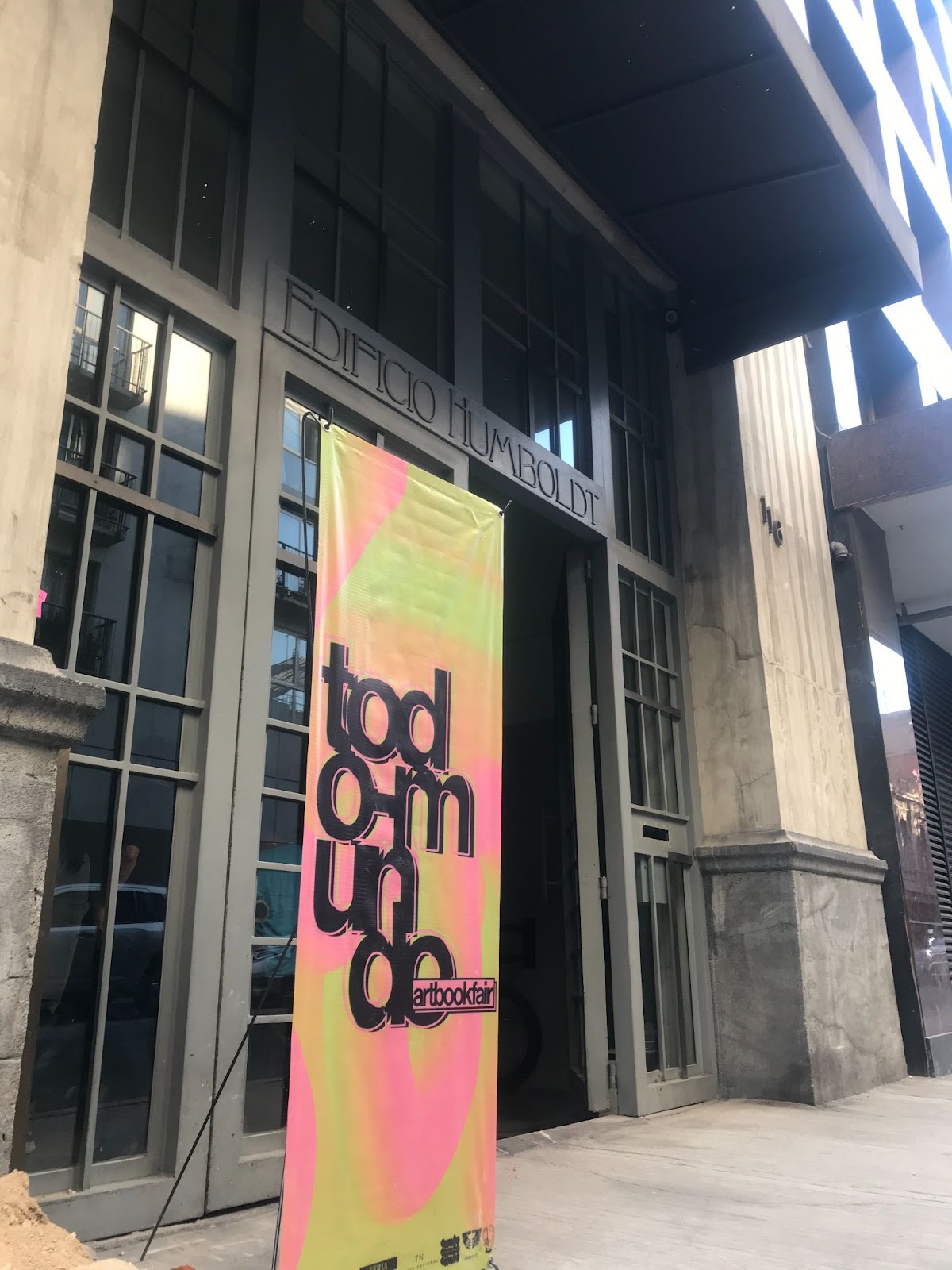The Material Fair—World Art Book Fair—Qipo Fair

I consider myself a city mouse, in contrast to Aesop’s country mouse. I have lived all my life in Mexico City, I have walked it many times from north to south, from east to west, and from top to bottom in its skyscrapers. However, it never ceases to amaze me that no matter how much one walks in this city, there is always something new to see, a new place to discover, full of people who live in this city, but who, were it not for these events, we would never cross paths in our daily lives. Likewise, I still find it fascinating that although the people who live in this city share the same streets, the same sky, and even the same love for this patch of land, our ways of seeing and perceiving it are very different.
One of the biggest proofs of all of the above that I have come across is the event divided into 3 parts of the Material Fair—World Art Book Fair—Qipo Fair that took place during the so-called Art Week, from February 8th to 11th, 2024. In its 3 venues—Expo Reforma, Humboldt Building, and Temoskali Building, respectively—there were European and Latin American foreign exhibitors who, from their art trenches, brought to Mexico City just a part of what they do. With each part having a unique essence, the Material Fair and the Qipo Fair focused on the exhibition of national and international plastic artworks, while the World Art Book Fair opened space for mostly Mexican publishers and publications.
The world artbookfair was pet-friendly and had more than 50 exhibitors, housed on the fourth floor, in a bright penthouse with balconies. Its walls were occupied with much of the merchandise the exhibitors were selling—illustrations, photographs, tote bags—and, in many cases, the authors of the artistic pieces offered them. The atmosphere was warm (for winter), and in the air, you could perceive a gentle aroma of beer, as it was the main drink being offered—unlike the Material Fair, where the main drink was artisanal mezcal. Although the space was not very large, it was well distributed, with a section where various authors gave talks about their books and fanzines, with the public just 3 steps away. This was the atmosphere that was lived in conjunction with the books and some plastic works presented in the stands.
The variety of books was beautiful. Roge Ediciones carried out the project “Dreamland” and “Adventureland,” which are books written and illustrated by children; Ediciones Sin Resentimientos brought the anthology of projects carried out by the theatrical collective “Lagartijas al Sol,” among many other titles that have been canned and rescued by them for publication, making an analogy with their name to the fact of not holding resentment towards the past for not having achieved the publication of a project; Can Can Press brought an excellent sample of what the publisher does: graphic design, illustration, and lots of color; Miau Ediciones had the most recent work of Sonia Madrigal: a book of photography of graffiti messages found on the streets, questioning why, at the same time as love is professed to women, they are also the main victims of violence.
The most exciting thing about these books is that the authors do not focus on themselves when creating—as is often the case in other art exhibition fields—but instead, they look outward to their environment, and they depict it. They are not afraid to criticize society with their work and expose it to the world, showing both the beautiful and the unpleasant and the perfectible. As I said before, this city is full of diverse perspectives, these artists recognize it and exalt it, offering the public hundreds of perspectives.
Inkitt: BbyKevs
Wattpad: @SugoiKevs
TikTok: @bbykevs


